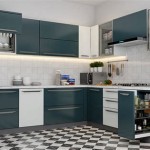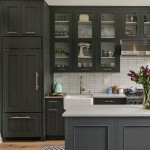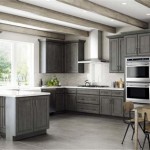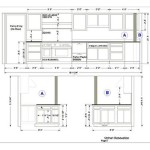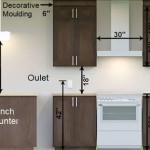Kitchen Cabinet Wood Grades: Understanding the Essentials
When embarking on a kitchen remodeling project, selecting the right cabinetry is crucial for both aesthetics and functionality. Cabinet wood grade is an essential aspect to consider, as it determines the quality, durability, and appearance of your cabinets. This comprehensive guide will delve into the different grades of wood used in kitchen cabinets, providing you with the knowledge to make an informed decision.
Select Grade
Select grade wood, also known as Premium or Clear, is the highest quality available for kitchen cabinets. It is characterized by its exceptional grain pattern, absence of knots and blemishes, and uniform color. Select grade wood offers a smooth, refined finish and is ideal for those seeking a classic and sophisticated aesthetic. Due to its superior quality, it is typically more expensive than other grades.
Veneer Grade
Veneer grade wood is a cost-effective alternative to solid wood. It consists of a thin layer of high-quality wood bonded to a less expensive substrate. Veneer grade wood provides a similar appearance to solid wood, but at a lower price point. It is a popular choice for those who want the look of natural wood without the premium cost.
Good Grade
Good grade wood is a mid-range option that offers a balance between quality and affordability. It allows for some minor imperfections, such as small knots and grain variations, but these characteristics often add character to the cabinetry. Good grade wood is a practical choice for those who prioritize durability and functionality over flawless aesthetics.
Fair Grade
Fair grade wood is the most affordable option available. It exhibits more noticeable imperfections, such as larger knots, streaks, and color variations. While it may not provide the same visual appeal as higher grades, fair grade wood is still a durable and functional choice for kitchens with a more rustic or eclectic style. It is also ideal for areas that receive less wear and tear, such as pantries or utility rooms.
Knotty Pine
Knotty pine is a unique type of wood that is prized for its distinctive appearance. It features an abundance of knots, which can range in size and shape. Knotty pine is often used in country-style or cabin-inspired kitchens, where its rustic charm adds warmth and character to the space. It is important to note that knotty pine can be more susceptible to shrinkage and splitting than other grades.
Conclusion
Selecting the right kitchen cabinet wood grade is essential for achieving your desired aesthetic and functionality. Each grade offers its own unique advantages and drawbacks, and the best choice will depend on your budget, style preferences, and usage patterns. By understanding the different grades available, you can make an informed decision that will enhance the beauty and longevity of your kitchen cabinets.

The Difference Between Cabinet Grade Furniture Wood Cabinets

Understanding Kitchen Cabinet Grades The

The Difference Between Cabinet Grade Furniture Wood Cabinets

Paint Grade Vs Stain Cabinet Wood Species

The Difference Between Cabinet Grade Furniture Wood Cabinets

Why Wood Grade Matters For Cabinets American Reface

Why Wood Grade Matters For Cabinets American Reface

The 4 Grades Of Kitchen Cabinets What Does It All Mean Superior Drawings

How To Find The Best Kitchen Cabinets 2024 Guide Forbes Home

How To Choose The Right Kitchen Cabinet Materials For Your Project Architizer Journal
Related Posts

